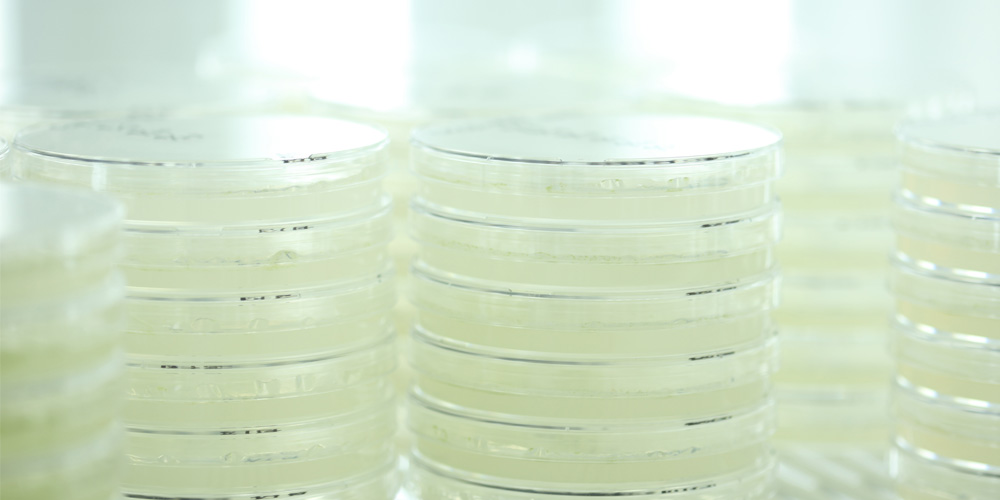Accumulated evidence suggests that physical force plays an important role in various developmental processes of fertilized animal eggs. During embryogenesis, a variety of cell populations actively migrate and change their positions, generating various types of force (e.g., traction force, compression force) that influence the properties of surrounding tissues. This in turn enables normal development where tissue arrangement is highly orchestrated. However, how embryonic cells and tissues respond to these forces remains poorly understood.
Tackling this important question was made possible by an international collaboration between two laboratories with expertise in proteomics and developmental biology. Professor Ileana Cristea from Princeton University (USA) and Professor Naoto Ueno from the National Institute for Basic Biology (Japan), along with their respective research groups, attempted to answer this question. Together, they characterized global phosphorylation and protein abundance intracellular changes in embryos to which physical force was applied.

Figure 1 Force stimulation of embryos by centrifugation





 Figure 1 Force stimulation of embryos by centrifugation
Figure 1 Force stimulation of embryos by centrifugation